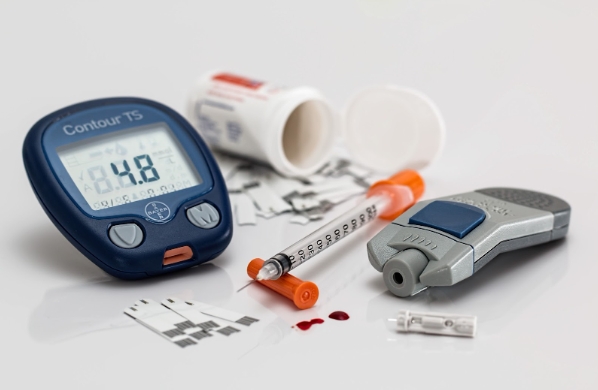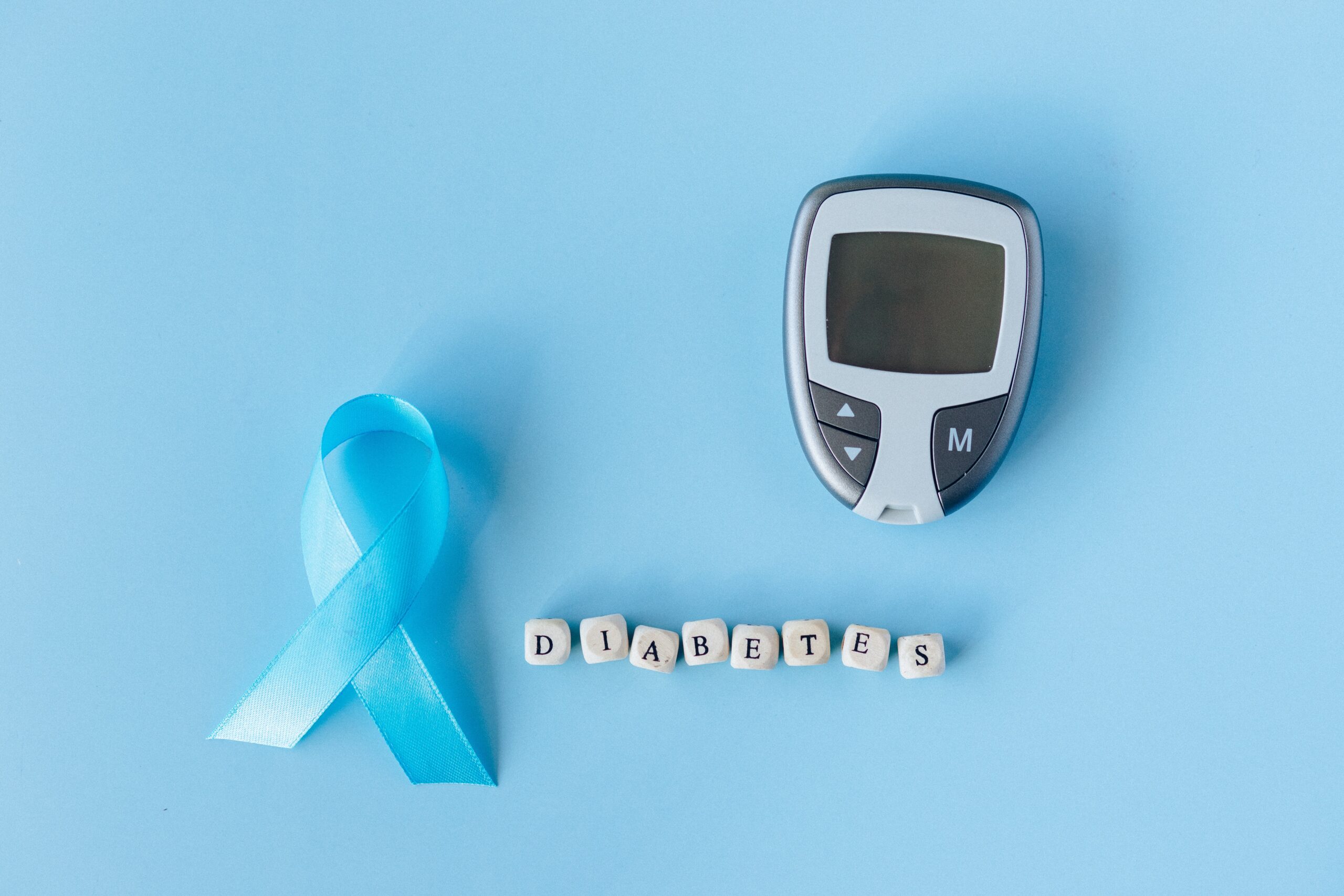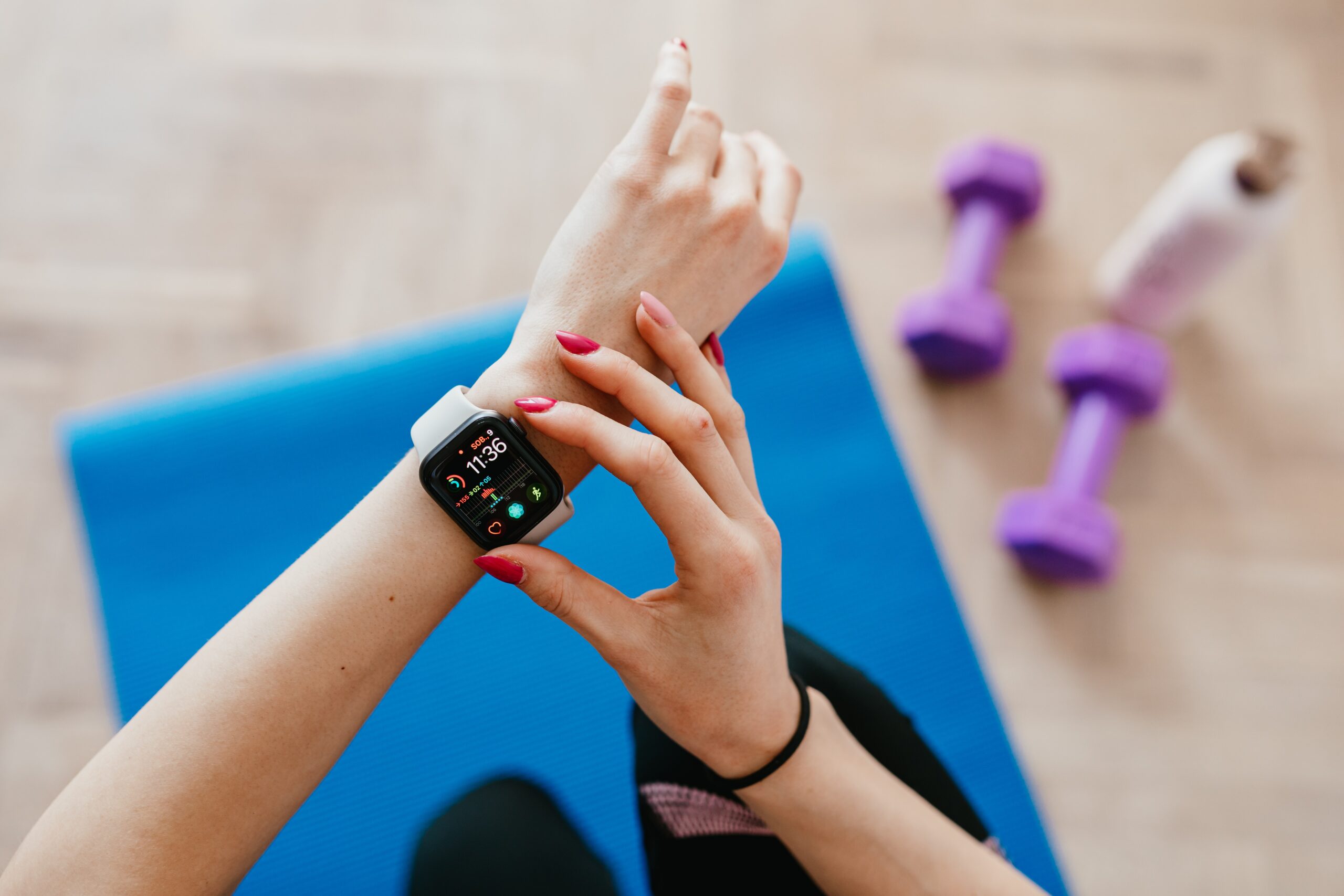Advancements in medical technology has meant that home healthcare has become more personalised, more efficient and more accessible. It has increased patients’ personal agency in managing their own health and has allowed for more accurate diagnosis and quicker responses to illnesses.
No longer are patients having to solely rely on medical professionals for assessing their health conditions, medical technology has meant that patients can now manage and supervise their own state of health in a convenient and accessible way. The field of medical technology continues to grow, becoming more specific and specialised in helping a variety of patients and range of conditions.
Medical technology examples for home healthcare
Medical technology continues to be placed in the hands of patients, which is extremely useful for those with medical conditions that require 24/7 supervision or close management.
There are many different forms of medical technology that be incorporated into home healthcare, including:
Medical technology in smart home speakers
Smart home speakers such as the Alexa or Google home, are great for enhancing home healthcare for patients. The voice activated technology is useful for those with mobility issues, visual impairments or any other barrier that prevents them from conducting their own home healthcare practices.
Smart home speakers are relatively cheap and easy to set up. They can be used for a variety of health support, including:
- Reminding patients to take their medication.
- Turning on home appliances, i.e.) lights or heating.
- Scheduling appointments with healthcare professionals.
- Making calls to medical support, i.e.) doctors, ambulances, family members, carers, etc.
The use of smart home speakers provides an essential service, making use of a digital assistant to help improve their quality of life and personal home healthcare management.
Medical technology for virtual health appointments
Technological advancements have also laid the grounds for virtual appointments. Doctors, and other healthcare professionals, are increasingly turning to the use of applications such as Zoom, in order to offer patients quick access to medical support.
The advantages of virtual appointments include:
- It makes healthcare appointments more accessible for those with mobility issues, or any other barrier that prevents them from attending appointments.
- Patients are able to speak with a medical professional and gain proper medical dvice in the comfort of their own homes.
- It increases the amount of patients that doctors are able to see, reducing the amount of time patients are waiting for available appointments.
- It limits the spread of infectious diseases, due to less people entering the doctor’s office.
- If doctors, or any other healthcare professionals find it necessary, they can request that the patient come into the office to be seen in person.
Virtual appointments became most popular during the covid-19 pandemic, however due to their benefits, they have remained as a useful part of medical technology in home healthcare.
Wearable medical technology
Many medical conditions require close supervision in order to effectively manage them. Wearable technologies have increased patients’ ability to do this and provided a convenient method for doing so.
Wearable technologies for home healthcare, usually come in the form of a smart watch, but many other versions have been developed such as digital patched or armbands. They are good for collecting useful data regarding a medical condition and informing patients of warning signs that they should be aware of.
Some examples of wearable technology for home healthcare includes:
Smart watch
A smart watch is a digital type watch that is capable of tracking changes in the body using a sensor. They can also indicate potential health issues such as sleep apnea or atrial fibrillation, before a diagnosis. Patients can use this data to make important decisions regarding their current state of health and for managing any existing medical conditions.
Some of the data that smart watches can collect, includes:
- Heart rate
- Blood pressure
- Oxygen levels
- ECG sensor
- Sleep patterns – including the amount of REM sleep.
- Daily steps
- Exercise tracking
There are many different smartwatches on the market, such as the Apple watch, the Samsung Galaxy watch, the Fitbit or other versions that are not so well known. You can find smart watch versions that are compatible with either Apple or android devices.
Wearable smart watches connect with your mobile phone in order to track the data and provide important updates regarding your health. You should check which data points your smart watch offers however, as different watches will have different features for healthcare tracking.
Continuous Glucose Monitor – CGM
A Continuous Glucose Monitor is a piece of medical technology that allows for those with diabetes to effectively track their glucose levels. Those with diabetes usually have to prick their skin in order to get an accurate reading of their blood sugar levels, but with a Continuous Glucose Monitor, this isn’t necessary.
A CGM increases the ability for patients to manage their own home health care. The advantages of this piece of wearable technology, includes:
-
It sounds an alarm when glucose levels drop or are too high.
-
Patients can track their meals and subsequent glucose levels.
-
Patients can record their physical activity and track its effects on glucose levels.
-
Some versions allow patients to download the data so that they can monitor their glucose trends.
-
Some versions can also send alerts to their emergency contacts, ie.) a partner or carer, if their glucose levels were to drop too low.
A Continuous Glucose Monitor records the glucose levels throughout the day, it is always on and patients can check their glucose levels conveniently at a glance. A small sensor is inserted under the skin, usually in the stomach area or around the arm and it transmits important data to a monitor that the patient can easily view.
Medical technology companies
At Raidmed, we are industry professionals in the world of medical technology. We are continuously investing in new methods and technological advancements, bringing products to the market that will help patients perform home healthcare in a more specialised and accessible way.
Medical technology advances – the future of home healthcare
As technology advances, so will the ability for patients to manage their own healthcare solutions at home. Medical technology allows for patients to take control of their health and better manage their conditions. It is increasingly becoming more accurate and accessible to patients, allowing them to make informed decisions regarding their health issues and how they manage them.




